armes et pièces d&amp
Odoardo Fialetti was an Italian painter and printmaker who began his training during the late Renaissance, and showed distinct mannerist sensibilities in his mid-career, adopting a much looser and more dynamic style in his later life.
Born in Bologna, he initially apprenticed with Giovanni Battista Cremonini, and after traveling to Rome, he moved to Venice to work in the elderly Tintoretto's studio.
From 1604 to 1612, he is listed as member of the Venetian Fraglia dei Pittori. In Venice, he painted a St Agnes for the church of San Nicolò da Tolentino and scenes from the Life of St Dominic for the sacristy of the Santi Giovanni e Paolo.








Léon Spilliaert was a Belgian artist. He is known for his unique style of symbolism, with many of his works featuring dream-like landscapes, eerie still lifes, and enigmatic figures.
Spilliaert grew up in a wealthy family, and he initially studied architecture before turning to art. He was largely self-taught, and his work was heavily influenced by the Belgian symbolist movement, as well as the works of artists such as James Ensor and Edvard Munch.
Spilliaert was particularly interested in exploring the mysteries of the human psyche, and many of his works reflect a sense of unease or uncertainty. He often used strong contrasts of light and shadow to create a sense of drama and tension in his works, and his use of color was often muted and subdued.
Despite his success as an artist, Spilliaert was a deeply private individual, and he rarely exhibited his work during his lifetime. He continued to work throughout his life, however, producing a large body of haunting and enigmatic works that continue to captivate audiences today.

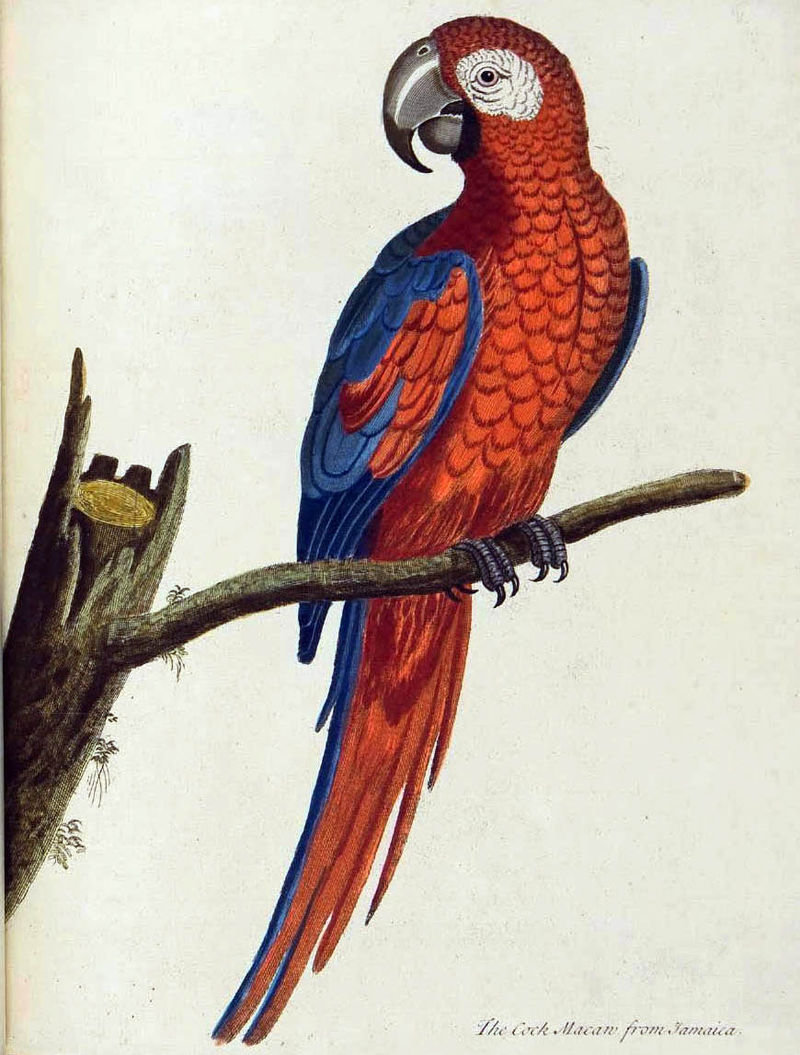
Eleazar Albin was a British naturalist and author of illustrated books on birds and insects.
Albin wrote and illustrated a number of books, including A Natural History of English Insects (1720), A Natural History of Birds (1731-38), and A Natural History of Spiders and Other Curious Insects (1736). His work was based on careful observation and artistic talent. Eleazar Albin has been called one of the "great illustrators of entomological books of the 18th century".
Some of the illustrations in these books are by Albin's daughter Elisabeth. Eleazar Albin himself proudly wrote of his drawings that they were all painted from life, with all the accuracy of a sketch, unlike the sketches of other scientists, who did them either from memory or from stories.






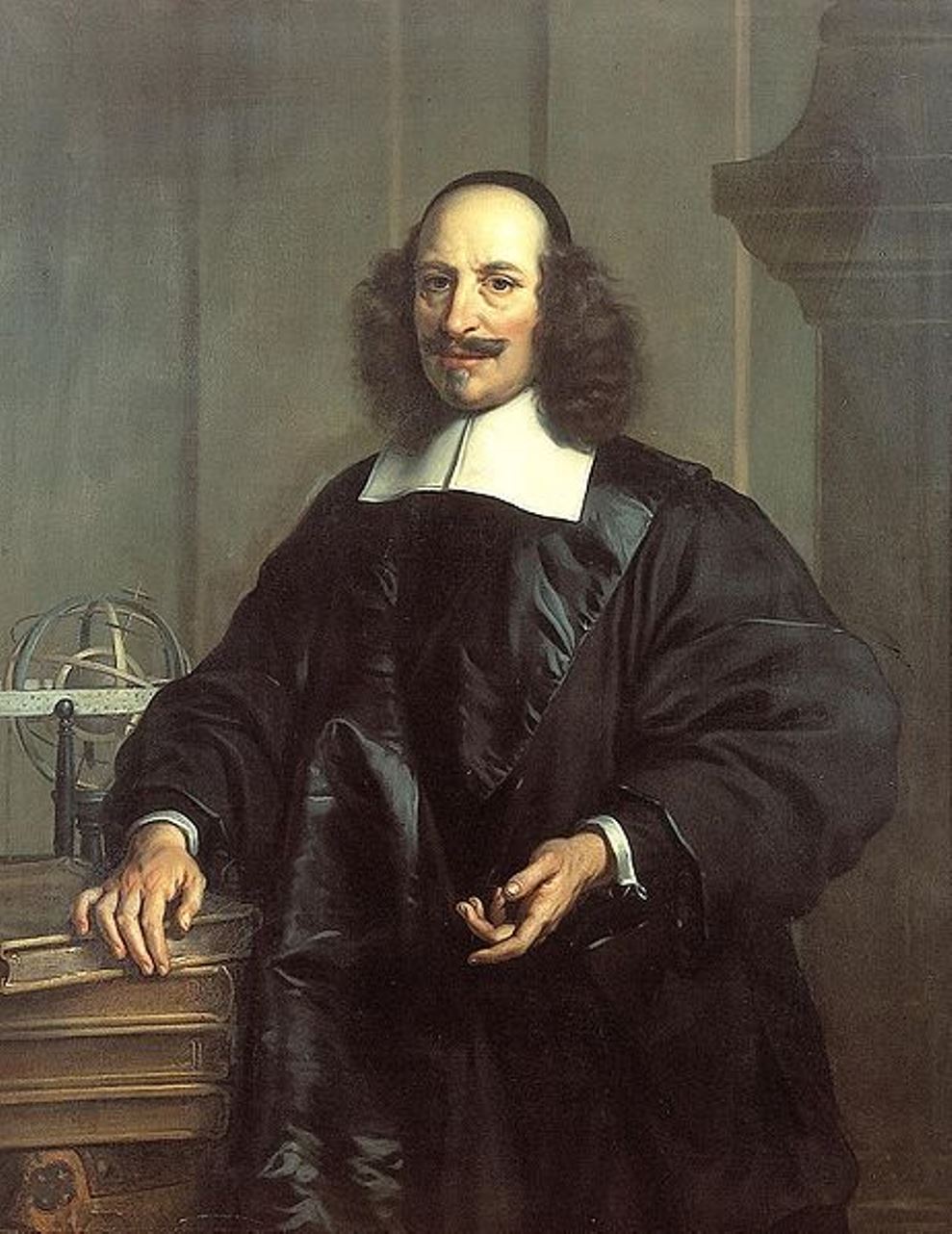
Jan (Joan) Willemsz. Blaeu was a Dutch cartographer, publisher and judge.
Jan was born into the family of the cartographer and publisher Willem Janszoon Blaeu (1571-1638). He studied in Leiden, where he earned a doctorate in law, and in Padua. He then began to assist his father, who was engaged in the manufacture of globes and maps. After his father's death, Jan, together with his brother Cornelius, continued his work, and succeeded him as cartographer for the Dutch East India Company.
In 1651 Blaeu was elected to the Amsterdam city council and later appointed as a judge. At the same time, he was engaged in his publishing business: he continued to publish volumes of Atlas novus, which contained maps of English counties and, for the first time, an atlas of Scotland, as well as one volume of maps of the Far East.
Blaeu did not have time to complete his most ambitious project, but it made him famous as the author of the famous 11-volume Dutch atlas. Based on his previous maps, Blaeu created the Great Atlas (Atlas Maior) - it contained nearly 600 maps and a total of 3,000 pages of Latin text - and was published in 1662. Blaeu's maps were groundbreaking for their time because they were created in accordance with the heliocentric theories of Nicolaus Copernicus.
In 1672, a great fire in Amsterdam destroyed Blaeu's workshop, and the cartographer died a year later, apparently never recovering from this stroke of fate.

.jpg)
René Magritte, a Belgian artist, was renowned for his significant contributions to the Surrealist movement. His art, known for merging ordinary objects with bizarre, dream-like contexts, captivated the art world. Born on November 21, 1898, in Lessines, Belgium, Magritte's early artistic pursuits were impressionistic, transitioning through Cubism and Futurism influenced by artists like Jean Metzinger. However, his encounter with Giorgio de Chirico's work in 1922 steered him towards Surrealism.
Magritte's career was marked by various phases, each showcasing his evolving style and thematic focus. His initial foray into Surrealism began in 1926 with "The Lost Jockey" and was further solidified during his time in Paris, where he mingled with other prominent Surrealists like André Breton. Despite facing initial criticism and financial challenges, Magritte's unique blend of familiar imagery in unfamiliar contexts, like in "The Empire of Light" and "Time Transfixed," earned him acclaim.
Magritte's distinct visual language, characterized by recurring motifs like bowler hats and apples, and his exploration of reality and illusion, remain influential. His works are displayed in major galleries worldwide, continuing to inspire and intrigue art collectors and enthusiasts.
For collectors and experts in art and antiques, staying informed about Magritte's works and related auction events is crucial. Signing up for updates ensures you're alerted to new sales and events focusing on René Magritte's art, offering unique opportunities to acquire or learn more about his remarkable creations. This subscription will exclusively cover new product sales and auction events related to Magritte, keeping you updated on the most relevant information in the art world.

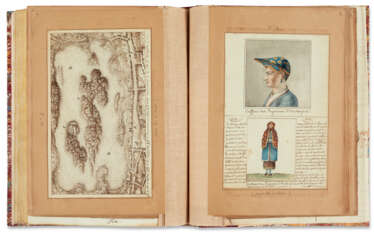

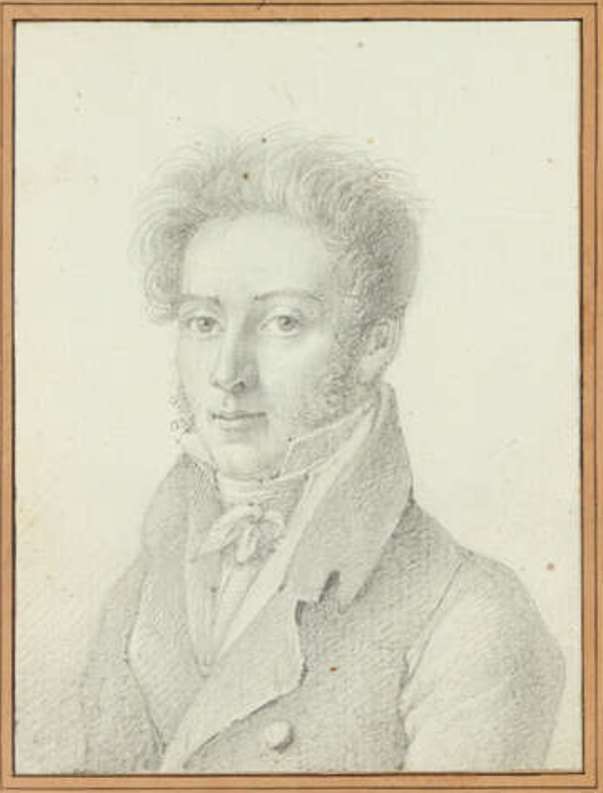
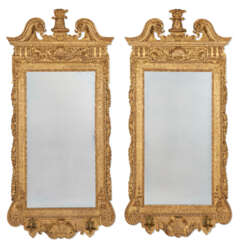

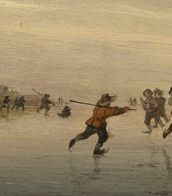



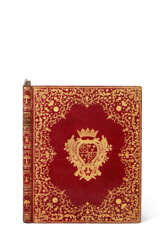

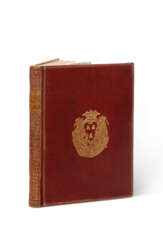

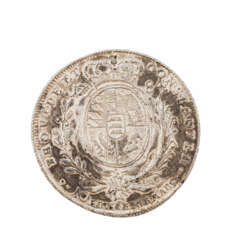


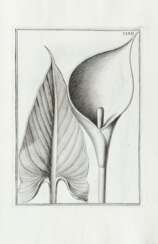

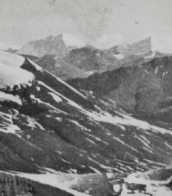
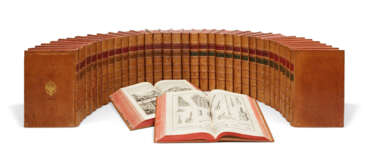

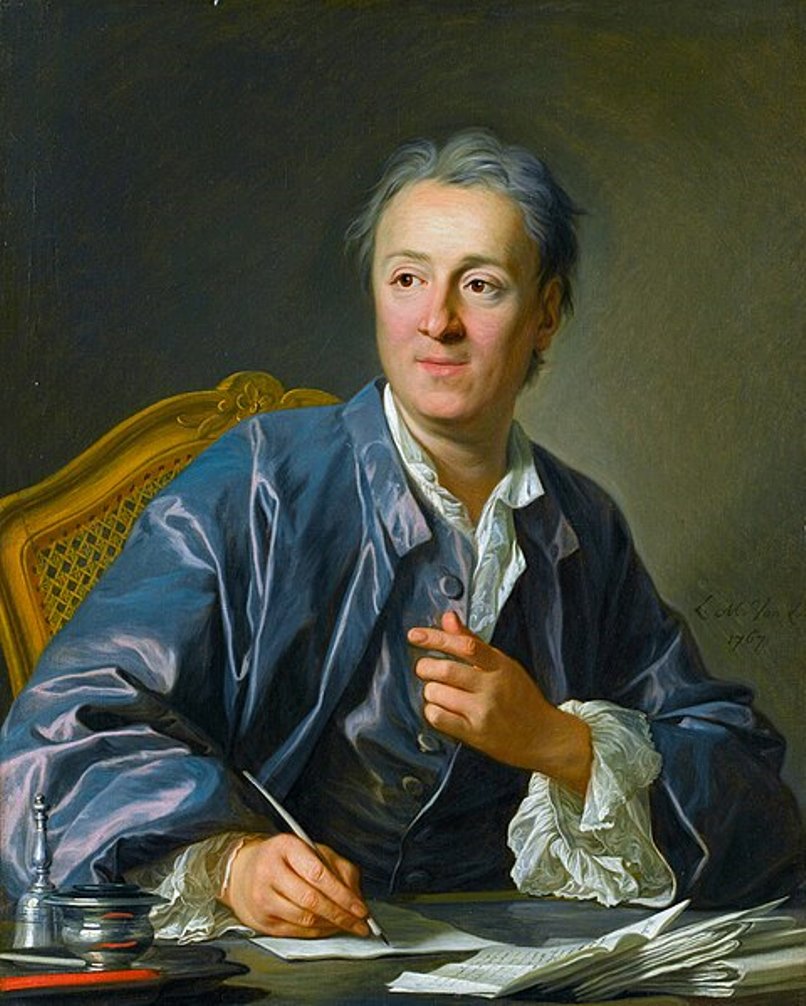

![[DU PETIT-VAL, Raphaël (mort en 1613)] Recueil de diverses poésies, tant du feu sieur de Sponde, que des sieurs du Perron, de Bertaud, de Porcheres, & autres non encor imprimees. [avec] Second [-Troisième, Quatrième] recueil de div](/assets/image/picture_1320892/8eecc/2838af1861ad669223d69f882a3eb8901616454000jpg__fix_374_244.jpeg)
![[DU PETIT-VAL, Raphaël (mort en 1613)] Recueil de diverses poésies, tant du feu sieur de Sponde, que des sieurs du Perron, de Bertaud, de Porcheres, & autres non encor imprimees. [avec] Second [-Troisième, Quatrième] recueil de div](https://veryimportantlot.com/assets/image/picture_1320892/8eecc/2838af1861ad669223d69f882a3eb8901616454000jpg__fix_374_244.jpeg)
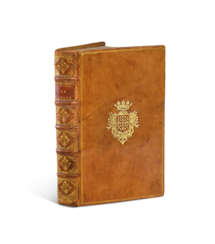



![PASSERAT, Jean (1534-1602). Le premier Livre des poèmes…reveus & augmentez par l’Autheur en ceste derniere edition. [relié avec] BERTAUT, Jean (1552 - 1611). Recueil de quelques vers amoureux. Paris : par la veufve Mamert Patisson, 1602.](/assets/image/picture_1320976/73d55/41460eb6964a7475e0c0bd81dbfb05b81616454000jpg__fix_374_244.jpeg)
![PASSERAT, Jean (1534-1602). Le premier Livre des poèmes…reveus & augmentez par l’Autheur en ceste derniere edition. [relié avec] BERTAUT, Jean (1552 - 1611). Recueil de quelques vers amoureux. Paris : par la veufve Mamert Patisson, 1602.](https://veryimportantlot.com/assets/image/picture_1320976/73d55/41460eb6964a7475e0c0bd81dbfb05b81616454000jpg__fix_374_244.jpeg)
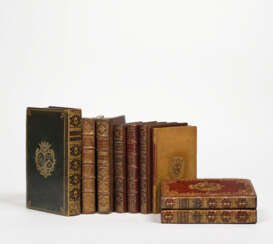

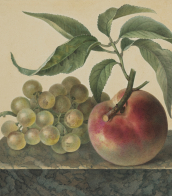
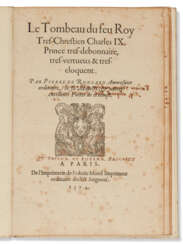

![RAPIN, Nicolas (1535-1608). Les Œuvres latines et françoises de Nicolas Rapin, Poitevin, Grand Prevost de la Connestablie de France. [relié avec] Les Vers mesurez de Nicolas Rapin, grand Prevost de la Connestablie. Paris : Olivier de Varennes, 1](/assets/image/picture_1320981/94cdd/f4089c34465a761f520c50b9e5662ad61616454000jpg__fix_374_244.jpeg)
![RAPIN, Nicolas (1535-1608). Les Œuvres latines et françoises de Nicolas Rapin, Poitevin, Grand Prevost de la Connestablie de France. [relié avec] Les Vers mesurez de Nicolas Rapin, grand Prevost de la Connestablie. Paris : Olivier de Varennes, 1](https://veryimportantlot.com/assets/image/picture_1320981/94cdd/f4089c34465a761f520c50b9e5662ad61616454000jpg__fix_374_244.jpeg)
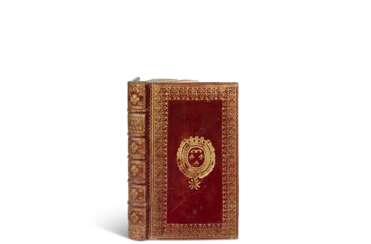


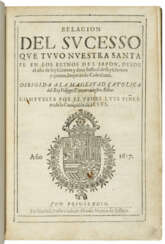






![[PASCAL, Blaise (1623-1662)]](/assets/image/picture_3566746/5223e/92d07fa4acdc90b56eb25bd3efd98ffe1700607600jpg__fix_374_244.jpeg)
![[PASCAL, Blaise (1623-1662)]](https://veryimportantlot.com/assets/image/picture_3566746/5223e/92d07fa4acdc90b56eb25bd3efd98ffe1700607600jpg__fix_374_244.jpeg)





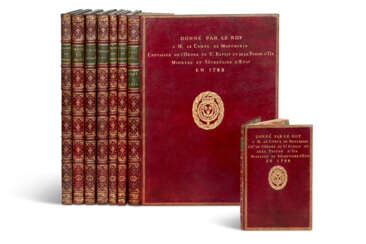


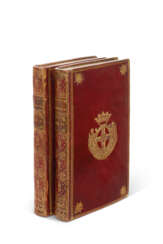

![[MALESHERBES, Chrétien-Guillaume de Lamoignon de (1721-1794)]](/assets/image/picture_3601347/26d6f/juvqbkxeztwefl8qinsgeovf79i4z6vh4hdyh7pzkvrj24dtlslhpvxzwkt18d1700205640jpg__fix_374_244.jpeg)
![[MALESHERBES, Chrétien-Guillaume de Lamoignon de (1721-1794)]](https://veryimportantlot.com/assets/image/picture_3601347/26d6f/juvqbkxeztwefl8qinsgeovf79i4z6vh4hdyh7pzkvrj24dtlslhpvxzwkt18d1700205640jpg__fix_374_244.jpeg)
![[BEAUHARNAIS, Eugène de (1781-1824)]](/assets/image/picture_3601410/ff020/wmacq0neg3aypwx59nwu1obzvigtwxjwvadbr6tkckics9rodzgpdvtdeprq-ma1700205942jpg__fix_374_244.jpeg)
![[BEAUHARNAIS, Eugène de (1781-1824)]](https://veryimportantlot.com/assets/image/picture_3601410/ff020/wmacq0neg3aypwx59nwu1obzvigtwxjwvadbr6tkckics9rodzgpdvtdeprq-ma1700205942jpg__fix_374_244.jpeg)
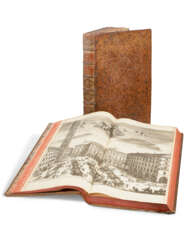

![[MAGRITTE, René (1898-1967)]](/assets/image/picture_4258112/b0d12/c42714d5f738dc1854c773639e4d54a81729065600jpg__fix_374_244.jpeg)
![[MAGRITTE, René (1898-1967)]](https://veryimportantlot.com/assets/image/picture_4258112/b0d12/c42714d5f738dc1854c773639e4d54a81729065600jpg__fix_374_244.jpeg)


![[MONTESQUIEU, Charles-Louis de Secondat, baron de (1689-1755)]](/assets/image/picture_4604831/df92d/4b24b13b4d61805b7d6ba9441053cc001747864800jpg__fix_374_244.jpeg)
![[MONTESQUIEU, Charles-Louis de Secondat, baron de (1689-1755)]](https://veryimportantlot.com/assets/image/picture_4604831/df92d/4b24b13b4d61805b7d6ba9441053cc001747864800jpg__fix_374_244.jpeg)